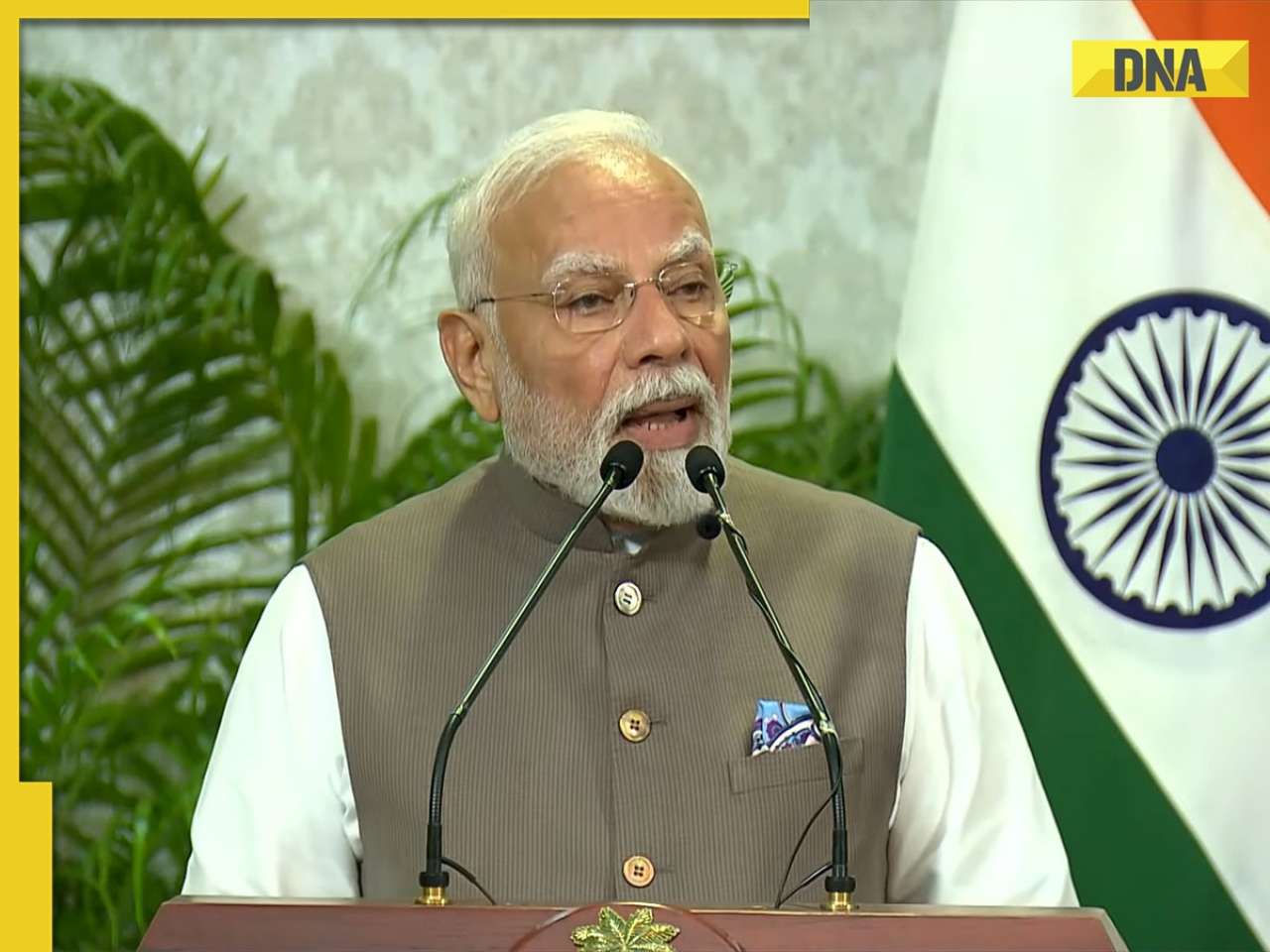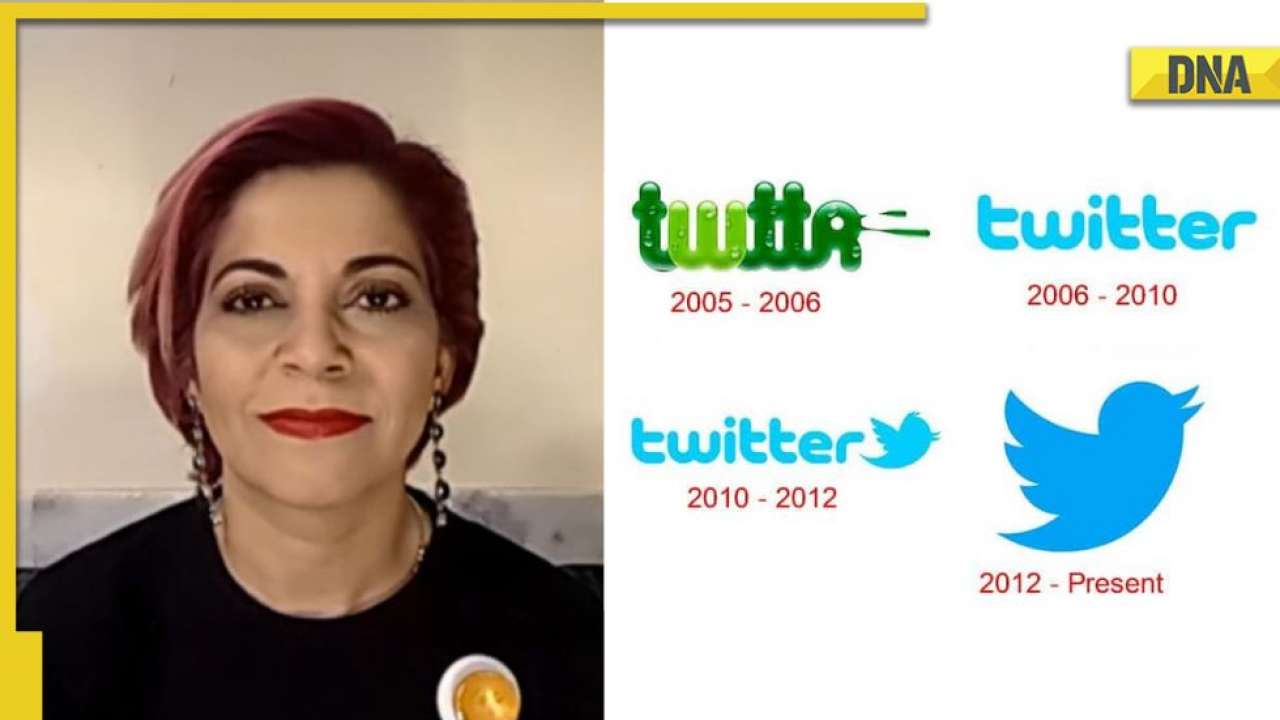The Silent Erosion of Relationships in the Age of Smartphones.
“She had over 400,000 followers on Instagram. When she passed away, only three family members attended her funeral.” This is not a scene from a dystopian film. It’s a real story from India — and perhaps the most haunting reflection of our times. In a world obsessed with stories, reels, and feeds, the biggest story we’re missing is our own — the one unfolding in living rooms, dining tables, and bedrooms, where phones glow brighter than faces.
India’s Hidden Crisis: Together, Yet Not
Recent studies are sounding the alarm:
• Indian parents spend an average of 7.7 hours per day on their smartphones.
• But only 2 hours with their children.
• During that limited time, 75% of parents are still using their phones.
(Source: CMR & Vivo ‘Switch Off’ Report, 2022)
Our children are watching — and following:
• A Rajkot (2023) study showed 81% of children use smartphones during meals.
• In Ujjain, a study among preschoolers found 73.3% of children aged 6 months to 4 years regularly use mobile phones. It’s not just a screen. It’s a slowly widening gap between presence and attention.
Screen Time Is Rewiring the Next Generation
A 2023 study published in JAMA Pediatrics titled “Screen Time at Age 1 Year and Communication and Problem-Solving Developmental Delay at 2 and 4 years” analysed nearly 7,000 mother-child pairs and found a strong correlation between screen exposure at age one and cognitive delays by age two and four. This pattern creates a harmful digital dependency loop early in life — one that many carry into adulthood.
Globally, some countries are responding with urgency. In Sweden, the government has introduced structured screen-time guidelines, including advice for parents:
Children under 2: No screen time
Ages 2–5: Max 1 hour/day
Ages 6–12: Max 2 hours/day
Teenagers: Max 3 hours/day
These Swedish recommendations aren’t just about children — they’re about adults learning to model healthy digital behavior. Because the truth is: children copy more than they listen.
Digital Closeness, Emotional Distance
According to research by Oxford and Warwick Universities (2000–2015):
• Parents spent 32 extra minutes daily with their kids.
• But 30 minutes of that was spent in “alone-together time” — physically present, emotionally absent, both fixated on separate screens.
Today, that number has worsened. Over 47% of family interactions are now “alone�together.”
Even relationships are under quiet strain:
• 51% of couples say their partner is often distracted by their phone during
conversations.
• 40% feel hurt or neglected because of it.
• 34% admit to secretly checking their partner’s phone — a clear sign of eroding
trust. (Source: Pew Research Center, 2020)
Invisible but Deep Scars on the Mind
Children, especially, are paying a price we don’t always see. A study by CMR found:
• 91% of children feel ignored by their parents when phones are in use. This digital interference — known as Technoference — reduces:
• Eye contact
• Physical affection
• Emotional recognition and empathy
Prolonged exposure has been linked to reduced oxytocin, the “bonding hormone” responsible for emotional attachment and trust.
A 2023 Delhi study among teens revealed:
• 33% show signs of smartphone addiction
• Children in nuclear families or with multiple siblings reported higher rates of loneliness and anxiety. In chasing online connection, we’ve sacrificed real-world closeness.

Truths That Hit Harder Than Notifications
“We sit together, scroll alone, and call it family time.”
“Likes can’t replace hugs. Comments don’t build trust.”
“We’ve installed Wi-Fi in every room but lost our voices at the dinner table.”
“Reels are short. But relationships take time.”
We’re mistaking connectivity for connection. In the process, we're watching real relationships fade… one notification at a time.
What Needs to Change — Now
This isn’t an anti-tech campaign. It’s a pro-human call for balance.
Create No-Phone Zones
Dining areas, bedrooms, and family events must be sacred — and screen-free.
Plan Weekly Digital Detox
One day a week without scrolling can bring back hours of lost bonding.
Be the Role Model
If you’re always on your phone, so will your child be.
Schools Must Teach Digital Citizenship
Introduce curriculum on managing screen time and preserving mental well-being.
Use Technology Consciously
Use tools like Google Family Link or Apple Screen Time to build healthier boundaries.
Let This Article Be a Mirror, Not Just a Scroll
We haven’t just lost attention — we’re losing time, touch, and togetherness. The glow of the screen is casting shadows on everything that once made us feel safe, loved, and connected. Before you share the next reel, look up. There may be someone in the room who just wants to talk. Not on chat. Not on video call. Just you — present, real, and listening. Because real life isn’t in your phone. It’s sitting beside you. Waiting.
(Disclaimer: The views expressed above are the author's own and do not reflect those of DNA)
 IND vs ENG: R Ashwin declares management's 'batting depth' theory flawed, makes explosive case for Kuldeep Yadav
IND vs ENG: R Ashwin declares management's 'batting depth' theory flawed, makes explosive case for Kuldeep Yadav Sukesh Chandrashekhar promises 2BHK flats worth Rs 1 crore to Jacqueline Fernandez fans in a lucky draw for...
Sukesh Chandrashekhar promises 2BHK flats worth Rs 1 crore to Jacqueline Fernandez fans in a lucky draw for... Israel makes it mandatory for military officers to study Islam and learn Arabic due to...
Israel makes it mandatory for military officers to study Islam and learn Arabic due to... Neeraj Chopra vs Arshad Nadeem showdown in Poland Diamond League uncertain as Pakistani javelin star....
Neeraj Chopra vs Arshad Nadeem showdown in Poland Diamond League uncertain as Pakistani javelin star.... This company bags Rs 2000 crore contract from Defence Ministry for...; not HAL, Mazagon Dock
This company bags Rs 2000 crore contract from Defence Ministry for...; not HAL, Mazagon Dock Other than heart attacks or BP : 7 hidden heart conditions triggered by oily foods
Other than heart attacks or BP : 7 hidden heart conditions triggered by oily foods 7 most captivating space images captured by NASA you need to see
7 most captivating space images captured by NASA you need to see AI-remagined famous Bollywood father-son duos will leave you in splits
AI-remagined famous Bollywood father-son duos will leave you in splits 7 superfoods that boost hair growth naturally
7 superfoods that boost hair growth naturally Confused between Forex and Credit cards for your international trip? Learn which saves more
Confused between Forex and Credit cards for your international trip? Learn which saves more Tata Harrier EV Review | Most Advanced Electric SUV from Tata?
Tata Harrier EV Review | Most Advanced Electric SUV from Tata? Vida VX2 Plus Electric Scooter Review: Range, Power & Real-World Ride Tested!
Vida VX2 Plus Electric Scooter Review: Range, Power & Real-World Ride Tested! MG M9 Electric Review | Luxury EV with Jet-Style Rear Seats! Pros & Cons
MG M9 Electric Review | Luxury EV with Jet-Style Rear Seats! Pros & Cons Iphone Fold: Apple’s iPhone Fold Could Solve Samsung’s Biggest Foldable Problem | Samsung Z Fold 7
Iphone Fold: Apple’s iPhone Fold Could Solve Samsung’s Biggest Foldable Problem | Samsung Z Fold 7 Trump News: Congress Seeks Answers On Trump's Alleged Mediation In Operation Sindoor
Trump News: Congress Seeks Answers On Trump's Alleged Mediation In Operation Sindoor Jinnah wanted THIS Muslim man to be first Finance Minister of Pakistan, he refused, his son is on Forbes list of billionaires
Jinnah wanted THIS Muslim man to be first Finance Minister of Pakistan, he refused, his son is on Forbes list of billionaires After India-UK FTA, New Delhi to begin talks with THIS country, because...
After India-UK FTA, New Delhi to begin talks with THIS country, because... Indian billionaire Sunil Mittal earns Rs 13499163600 profit from this country, not India, UK; net worth reaches Rs...
Indian billionaire Sunil Mittal earns Rs 13499163600 profit from this country, not India, UK; net worth reaches Rs... UPI Alert! New UPI rules to come in effect from..., know how it will affect GPay, PhonePe, Paytm users
UPI Alert! New UPI rules to come in effect from..., know how it will affect GPay, PhonePe, Paytm users  RBI Governor Sanjay Malhotra makes BIG statement on free UPI transactions, says 'some cost...'
RBI Governor Sanjay Malhotra makes BIG statement on free UPI transactions, says 'some cost...' Ashish Chanchlani looks dashing as he drops latest photos from Italy, fans say 'Tom Cruise fail hai aapke saamne'
Ashish Chanchlani looks dashing as he drops latest photos from Italy, fans say 'Tom Cruise fail hai aapke saamne' Are these five vintage car museums in India a must-visit for every automobile lover?
Are these five vintage car museums in India a must-visit for every automobile lover? Riddhima Kapoor Sahni looks dreamy in pastel gold embroidered ensemble as she walks for Suneet Varma at IWC 2025; SEE PICS
Riddhima Kapoor Sahni looks dreamy in pastel gold embroidered ensemble as she walks for Suneet Varma at IWC 2025; SEE PICS Malaika Arora grabs attention with her street style moment, dons oversized denims, white tank top, luxurious mini bag worth Rs…
Malaika Arora grabs attention with her street style moment, dons oversized denims, white tank top, luxurious mini bag worth Rs… Raksha Bandhan 2025: Bollywood's sweetest 'muh-bole' sibling bonds that celebrate rakhi beyond blood
Raksha Bandhan 2025: Bollywood's sweetest 'muh-bole' sibling bonds that celebrate rakhi beyond blood This company bags Rs 2000 crore contract from Defence Ministry for...; not HAL, Mazagon Dock
This company bags Rs 2000 crore contract from Defence Ministry for...; not HAL, Mazagon Dock PM Modi's BIG message to Maldives, says, 'Whether it's a disaster or...'
PM Modi's BIG message to Maldives, says, 'Whether it's a disaster or...' Good news for first-time employees, set to get Rs…; check eligibility and other details
Good news for first-time employees, set to get Rs…; check eligibility and other details Air India sees another mid-air scare as Mumbai-bound flight returns to Jaipur minutes after takeoff due to...
Air India sees another mid-air scare as Mumbai-bound flight returns to Jaipur minutes after takeoff due to... Delhi-Meerut RRTS: Namo Bharat train timings changed for July 27 due to...; to start at...
Delhi-Meerut RRTS: Namo Bharat train timings changed for July 27 due to...; to start at... Meet Nilufa Yasmine, who topped UGC NET June exam, failed twice before scoring a perfect 100, she is from...
Meet Nilufa Yasmine, who topped UGC NET June exam, failed twice before scoring a perfect 100, she is from... Meet woman, daughter of vegetable vendor who cracked UPSC, her mother mortgaged gold for her education, her AIR is…
Meet woman, daughter of vegetable vendor who cracked UPSC, her mother mortgaged gold for her education, her AIR is… Meet woman, who cracked IIT with full-time job, secured impressive AIR of...; now works at Bill Gates' Microsoft as...
Meet woman, who cracked IIT with full-time job, secured impressive AIR of...; now works at Bill Gates' Microsoft as... Meet woman, couldn't speak English, once worked at Ratan Tata's TCS, cleared ISRO, BARC exams; later cracked UPSC with AIR..., she is...
Meet woman, couldn't speak English, once worked at Ratan Tata's TCS, cleared ISRO, BARC exams; later cracked UPSC with AIR..., she is... Meet woman, 'beauty with brain', who left medical studies, cracked UPSC exam not once but twice with AIR..., she is from...
Meet woman, 'beauty with brain', who left medical studies, cracked UPSC exam not once but twice with AIR..., she is from... Maruti Suzuki's e Vitara set to debut electric market at Rs..., with range of over 500 km, to launch on...
Maruti Suzuki's e Vitara set to debut electric market at Rs..., with range of over 500 km, to launch on... This is world’s most expensive wood, cost of 1kg wood is more than gold, its name is..., is found in...
This is world’s most expensive wood, cost of 1kg wood is more than gold, its name is..., is found in... This luxury car is first choice of Indians, even left BMW, Jaguar, Audi behind in sales, it is...
This luxury car is first choice of Indians, even left BMW, Jaguar, Audi behind in sales, it is... Kia India unveils Carens Clavis: Check features, design changes, price and more; bookings open on...
Kia India unveils Carens Clavis: Check features, design changes, price and more; bookings open on... Tesla CEO Elon Musk launches most affordable Cybertruck, but it costs Rs 830000 more than older version, it is worth Rs...
Tesla CEO Elon Musk launches most affordable Cybertruck, but it costs Rs 830000 more than older version, it is worth Rs...




)
)
)
)
)
)
)
)
)
)
)
)
)
)
)
)











